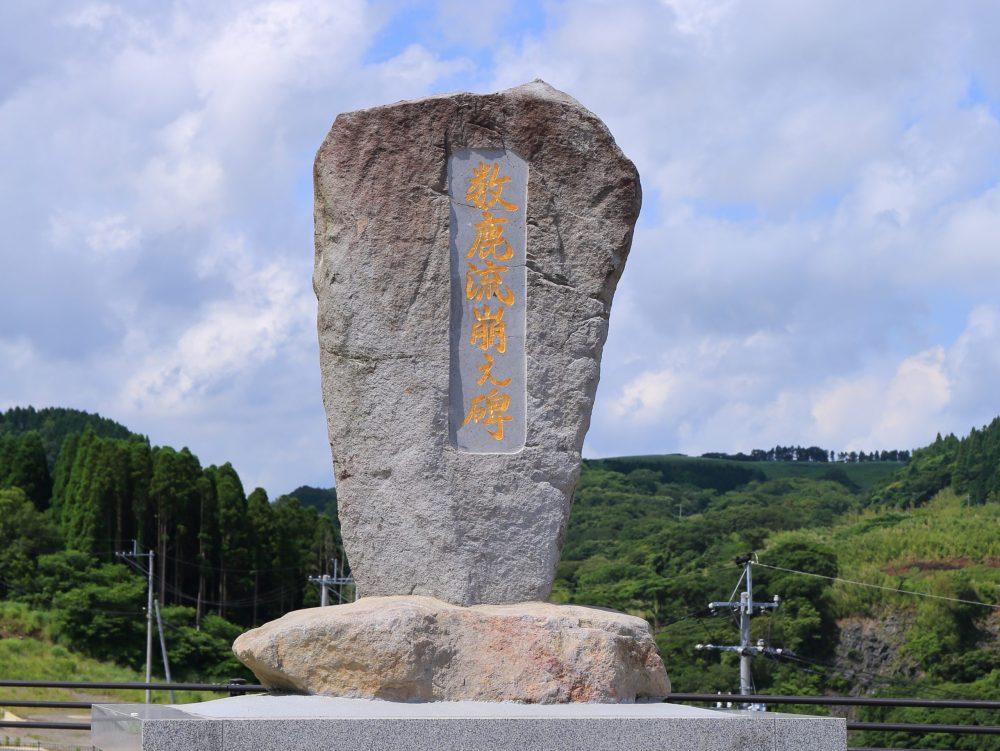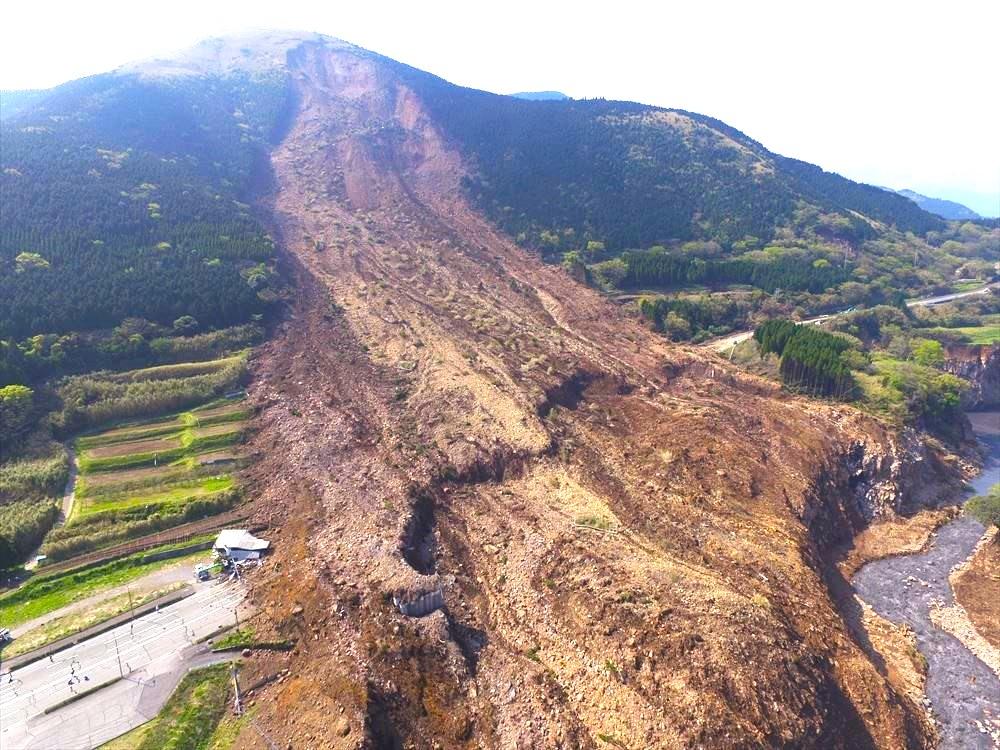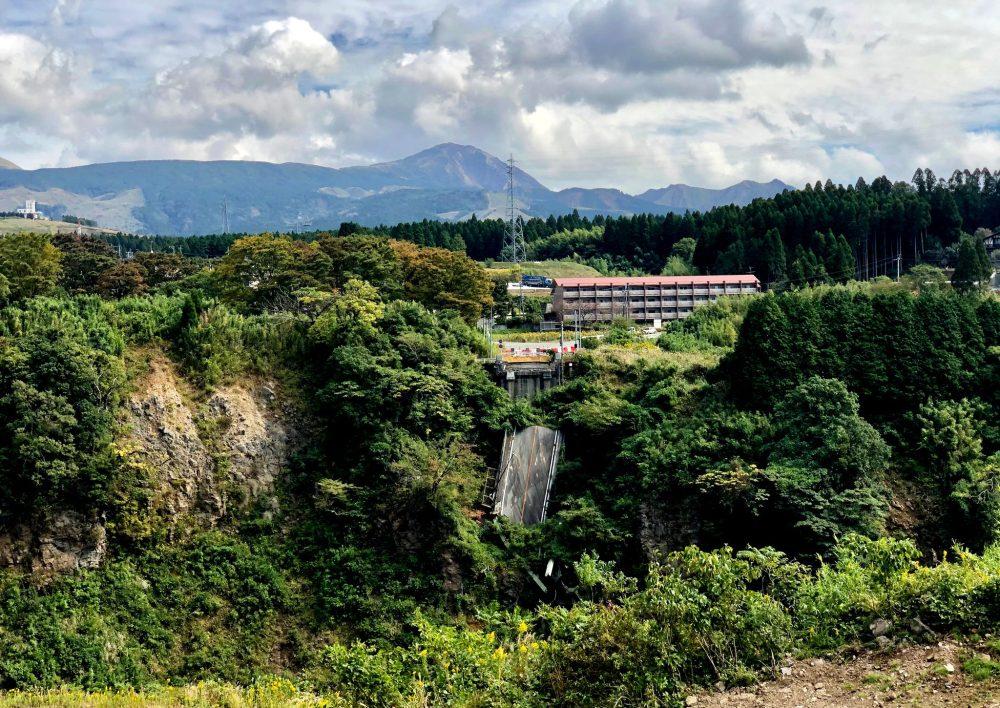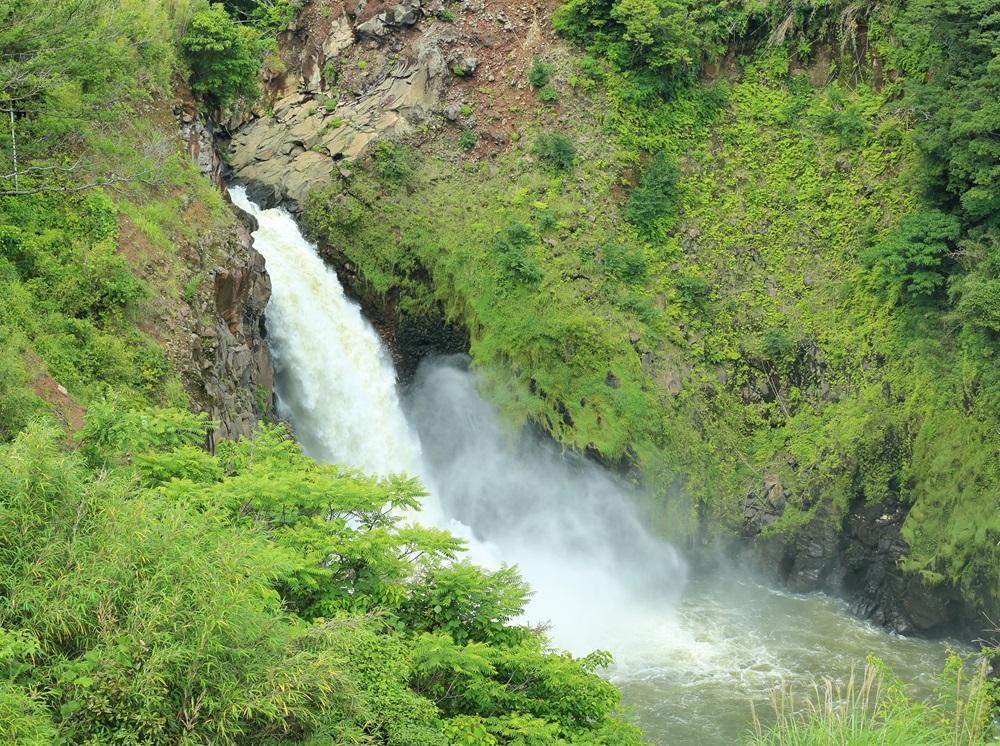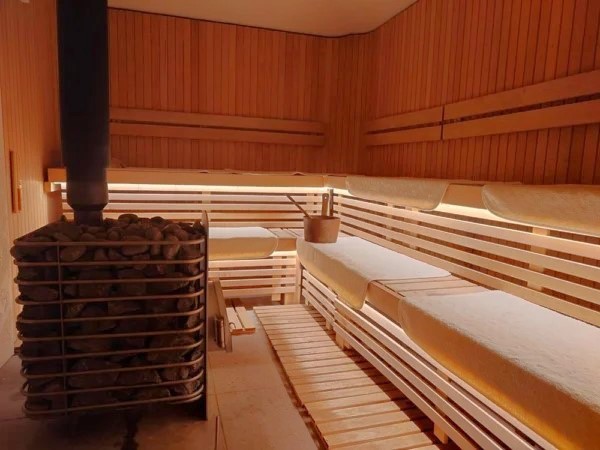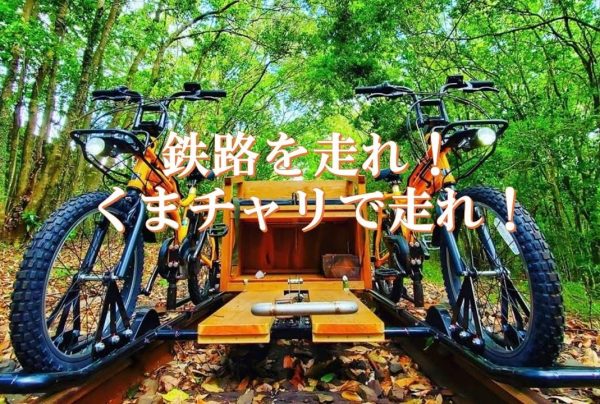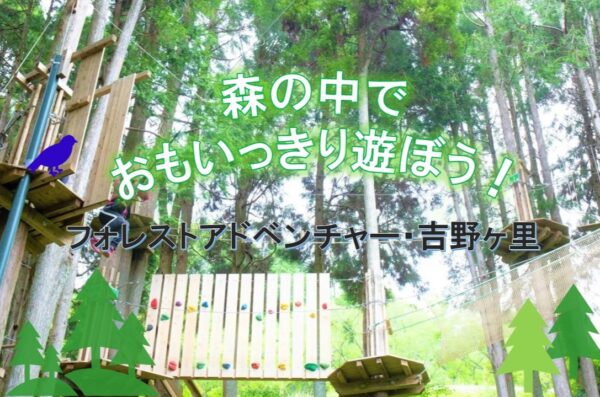8 years after the Kumamoto earthquake, a trip to Aso, the town of resurrection
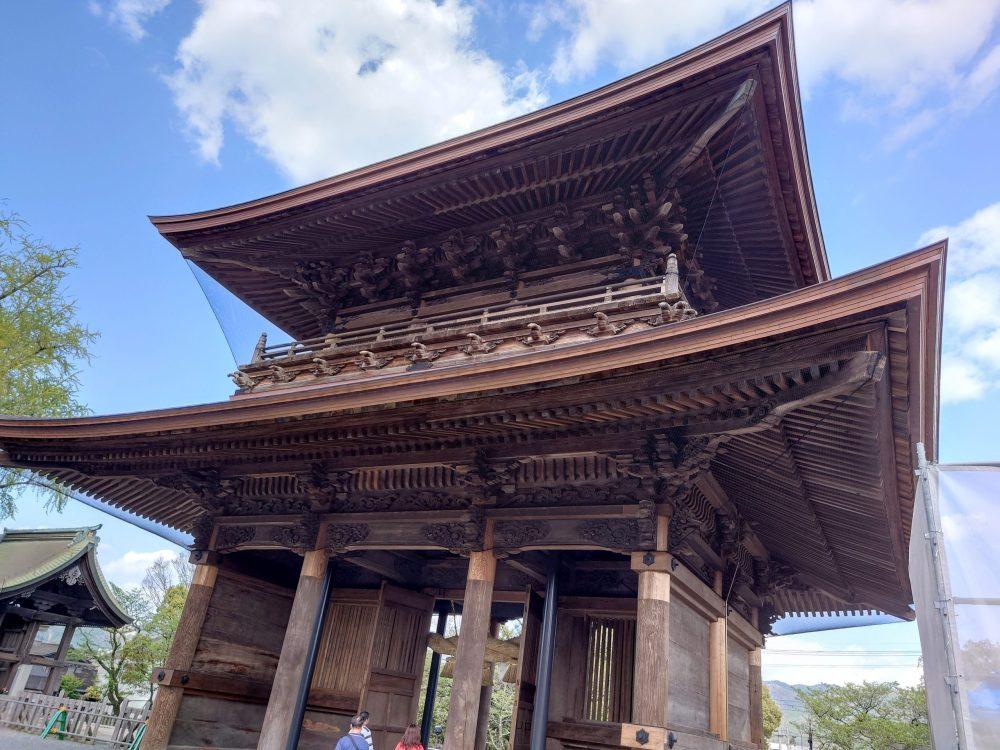
Eight years have passed since the Kumamoto earthquake.
To a trip to Aso, where both people and towns are revived
On April 14 and 16, 2016, Kumamoto Prefecture was hit by two major earthquakes. The sheer devastation literally crushed everyone's heart. The loss of precious human lives left us stunned for a while. Eight years have passed since then. The people of Aso have risen to their feet and are pushing forward on the road to recovery and reconstruction. And it is certainly showing. I went around Aso to confirm such recovery.
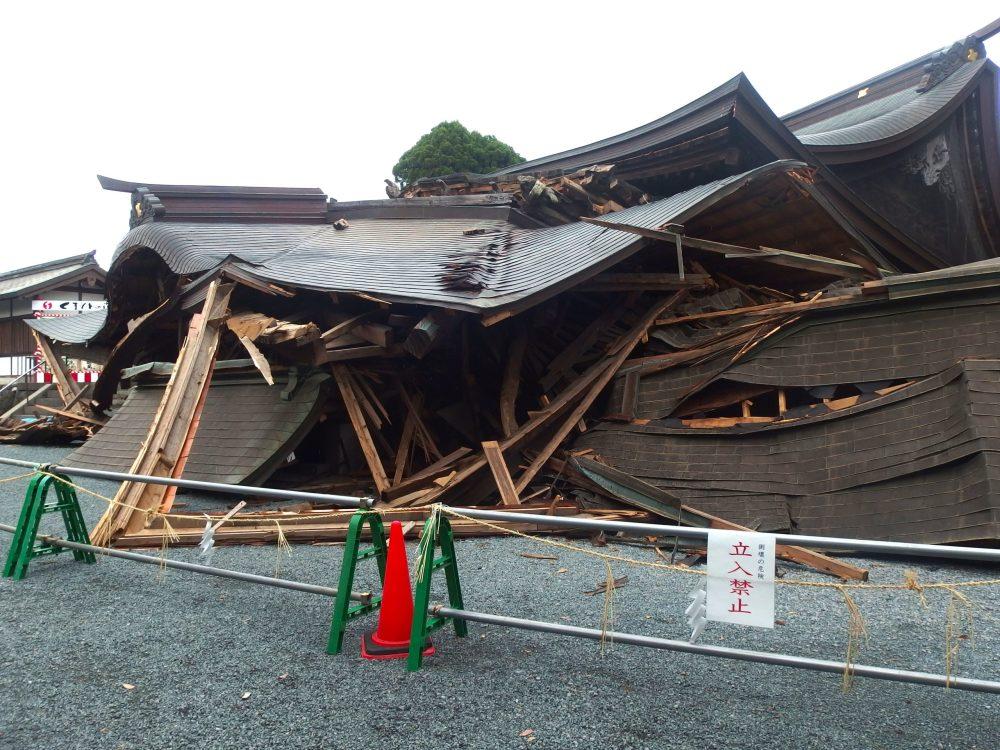
A Substitute for the Community The tower gate of Aso Shrine was restored.
From the Kumamoto Interchange, the "Northern Restoration Road" heads toward Aso City via National Route 57. This bypass opened in October 2020, roughly parallel to Prefectural Road 339, known as "Milk Road," which was used as a turnaround road after the earthquake. It connects the Otsu Interchange and the Aso Nishi Interchange in just 10 minutes. At the Aso Nishi Interchange, exit again to Route 57 and arrive at Aso Shrine in about 20 minutes.
Aso Shrine, the first shrine in Higo Province, is said to have a history of about 2,300 years and is the head shrine of about 500 "Aso Shrines" throughout Japan. It is dedicated to 12 deities, including Takeiwatatsunomikoto, who pioneered the development of Aso. Six buildings designated as nationally important cultural properties were damaged in the Kumamoto earthquake, and the tower gate and worship hall, one of the three largest tower gates in Japan, were completely destroyed. Local residents were saddened to see the damage, and at the same time, they reaffirmed their faith in the Aso Shrine, saying that it had taken their place and saved the shopping street in front of the shrine from serious damage. (Photo courtesy of Michi no Eki Aso)
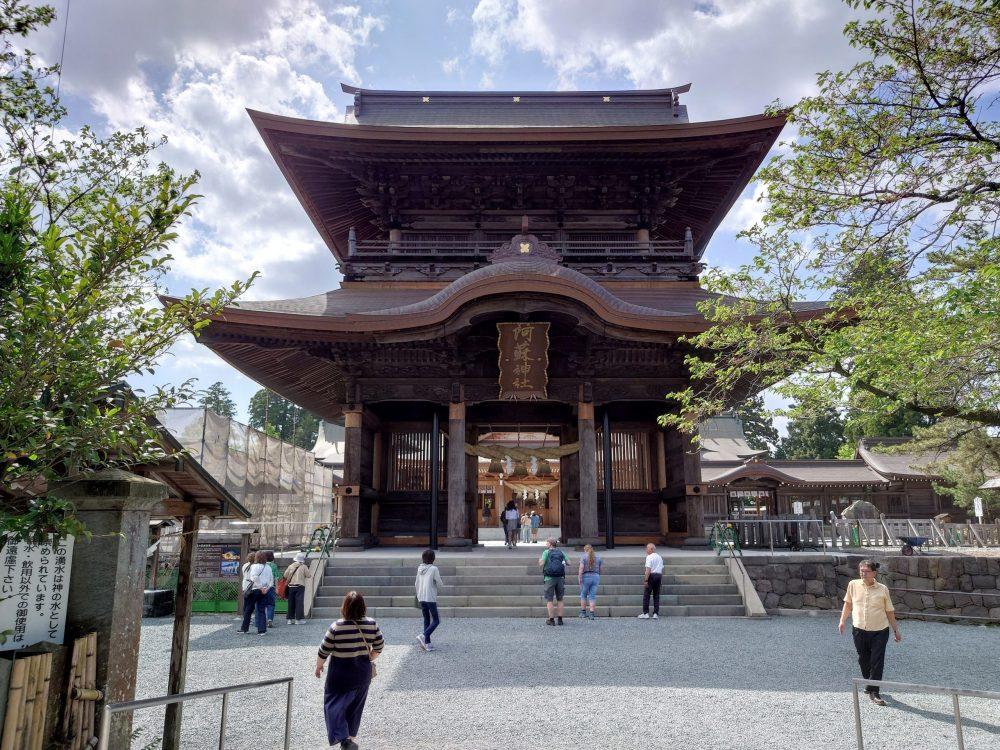
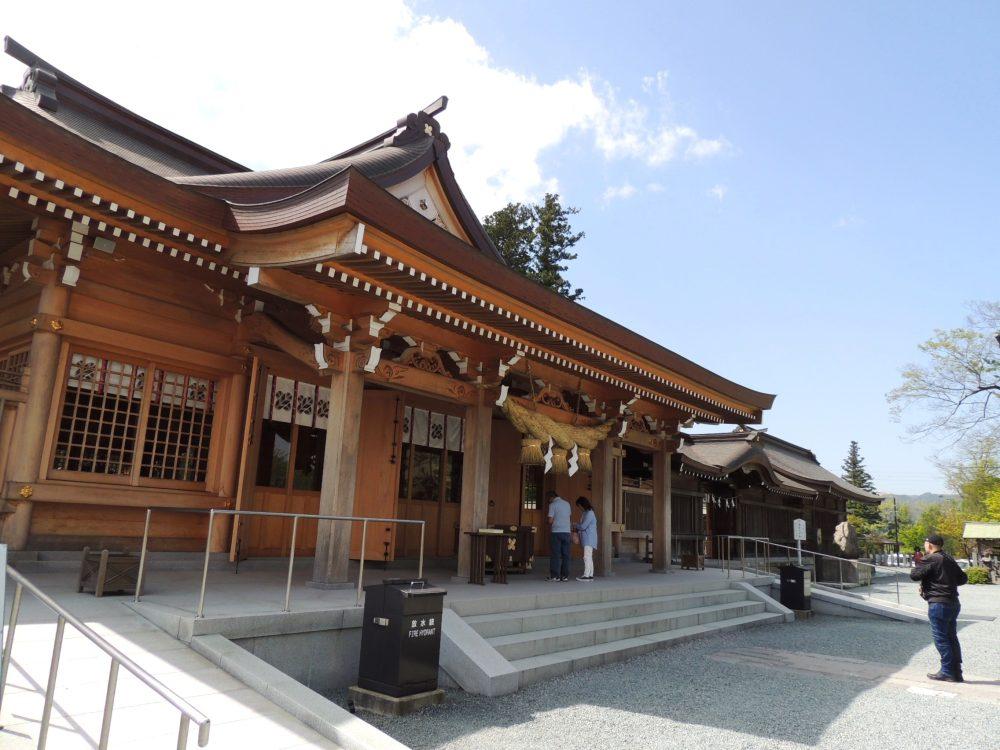
Restoration work on Aso Shrine, a symbol of faith in Aso, began immediately after the earthquake. The shrine buildings were reconstructed with donations from the Kumamoto clan at the end of the Edo period (1603-1868), and all have a history of nearly 200 years. Among them, the romon (tower gate) is the largest double gate in Kyushu. The restoration work was undertaken by Shimizu Corporation and temple carpenters from Fukui Prefecture. They dismantled the collapsed tower gate and reused what they could from the original building materials, restoring it as if they were solving a puzzle. Finally, on December 7, 2011, the gate was completely restored.
Eight years have passed since the earthquake. Tourists from home and abroad look up at the grandeur of the restored tower gate. The worship hall was rebuilt in June 2021. The Kangyomon Gate on the left of the gate is still under reconstruction, but the Aso Shrine has regained almost its entire appearance. The shopping district in front of the shrine, which had lost its crowds due to the Corona disaster, has also been revitalized. The shopping street in front of the shrine, which lost its popularity due to the Corona disaster, has been revitalized and is now welcoming visitors with a sense of gratitude to the Aso Shrine that took its place.
Aso Shrine
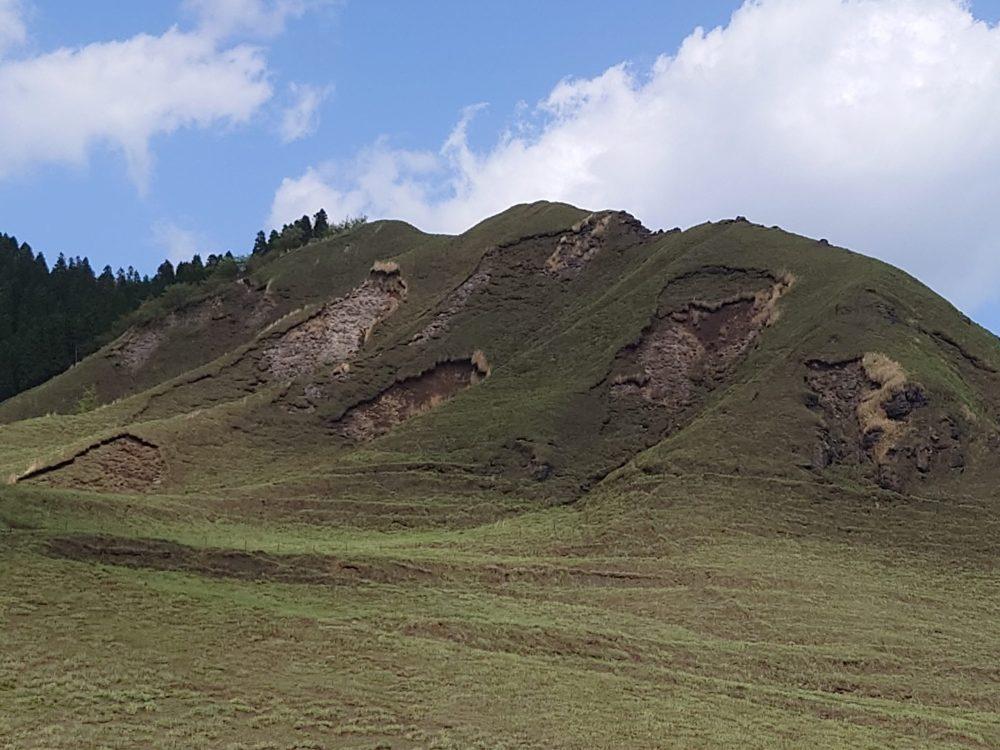
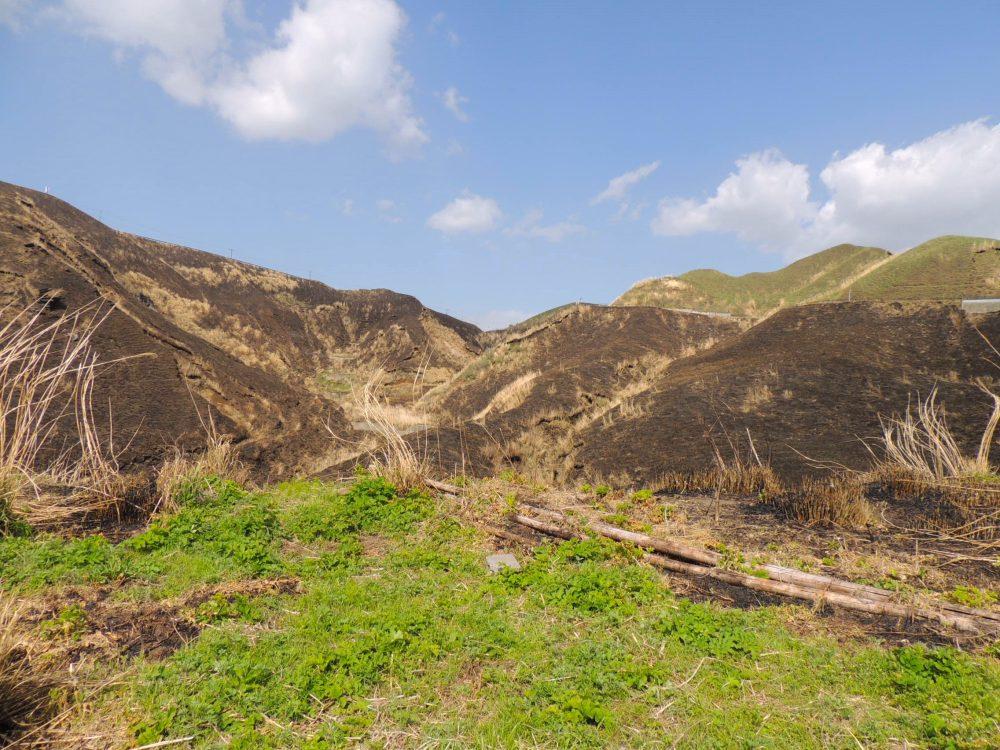
Nature as it is
History of living in harmony with grasslands
Leaving the Aso Shrine behind, we headed south on Route 265 from Route 57. The destination is Takamori Station on the Minamiaso Railway. After passing a rock called "Face Rock," the road turns slightly ninety-nine (kujukura). As we gently turn the steering wheel from side to side, the sight of the freshly green mountains refreshes our spirits. Although the grass is green, the surface of the mountains is brown in places, the result of numerous small landslides caused by the torrential rains in northern Kyushu in July 2012 and the Kumamoto earthquake that also caused landslides. These are the scars of the earthquake. However, if you look closely, you can see that the grassland is about to spread there as well. In a few years, the wounds will be covered with greenery].
You can also see the charred surface of the mountains. In the Aso region, wildland burning is carried out in March. In fact, burning is indispensable for maintaining the grasslands of Aso. The burning of dead grass exterminates pests and encourages new shoots to sprout. The rich grasslands serve as a water-retaining force that enriches the rivers and produces abundant spring water. Grasslands are also "homes" for microorganisms, insects, and small animals, and provide fodder for grazing livestock such as red cattle. If the burning of the fields is stopped, the grasslands of Aso will be covered with yabu, the water sources will be lost, and the ecosystem will be disrupted. The burning of the fields, which has continued in Aso for more than 1,000 years, is an important part of the work for the people of Aso to live in harmony with nature.
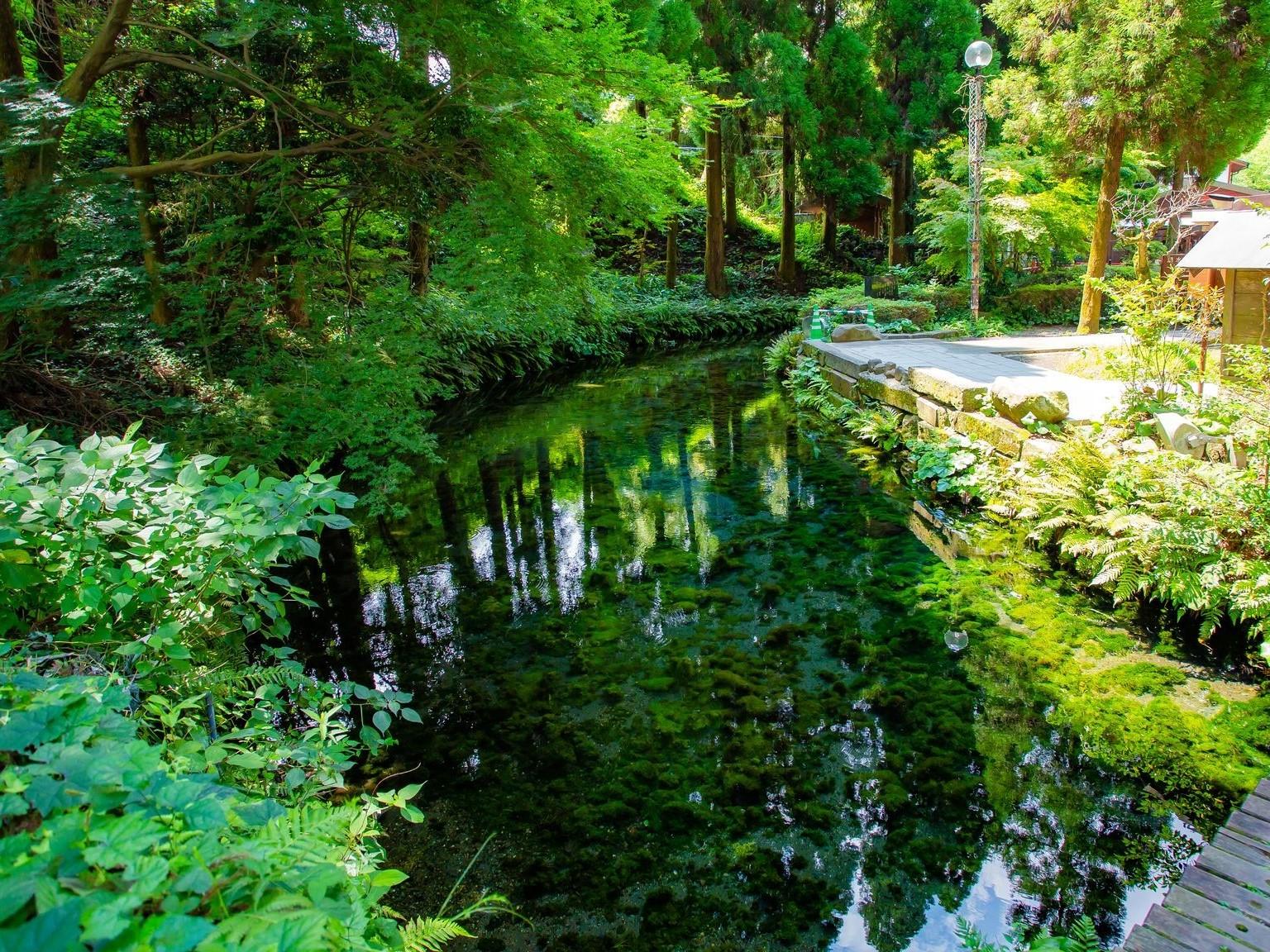
.jpg)
All lines have been restored and a new station building has been completed. On holidays, take the trolley train.
Now, I arrived at Takamori Station in Minamiaso Village. I was surprised to see how much the area around the station had changed. The former Takamori station building was a wooden structure with a slightly retro, fairy-tale design and an octagonal, pointy roof. The station building was the second generation, I was told. Originally, the predecessor of the Minamiaso Railway was a branch line of the Miyachi Line of the former Japanese National Railways. Takamori Station was built in 1928, but the line, which was supposed to connect to the Takachiho Line, was discontinued due to the war and flooding in the tunnel. With the privatization of Japan National Railways, the station became the first and last station of the Minamiaso Railway. The station building with the pointy roof was completed at that time.
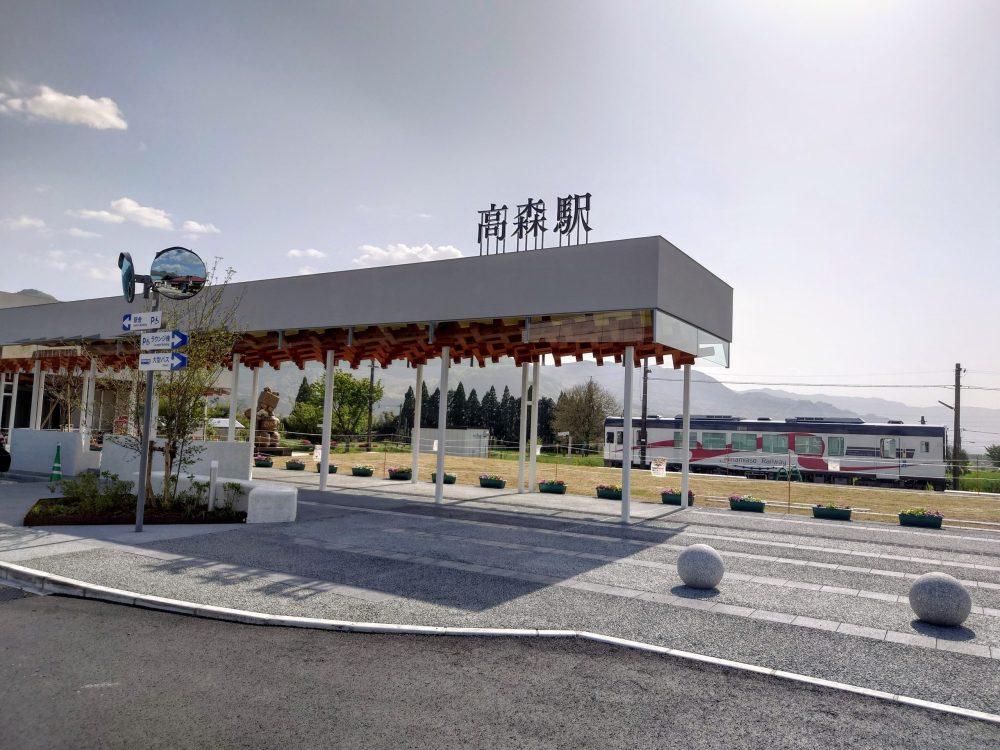
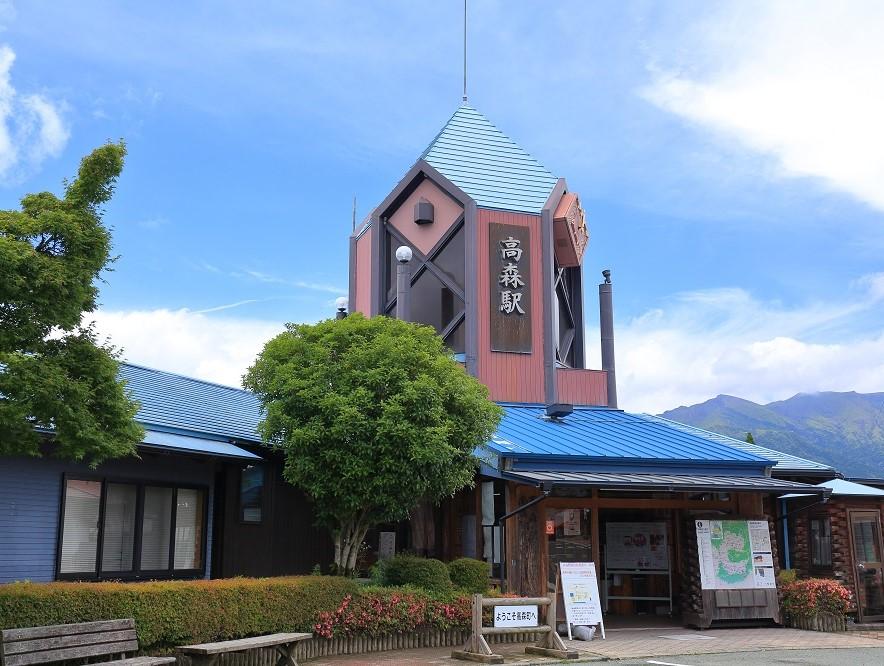
Due to the Kumamoto earthquake, the Minamiaso Railway suspended operations from Tatsuno Station to Nakamatsu Station, which is connected to the JR Hohi Line. There were only three round trips a day between Nakamatsu and Takamori stations. The entire line was restored last July. Prior to that, the third station building began operating on April 29, 2011. The new station building is a modern reinforced concrete structure with a white exterior. The statue of Frankie from "ONE PIECE," which was installed in the parking lot in hopes of Kumamoto's recovery in 2020, has been moved to a new location near the train station. He watches over the trains coming and going. The trolley train, popular among tourists, makes two round trips on Saturdays, Sundays, and holidays in principle, and runs every day during the GW and summer vacation periods. We hope you will enjoy the scenery from the train windows while taking a deep breath of the Aso wind.
Minamiaso Railway
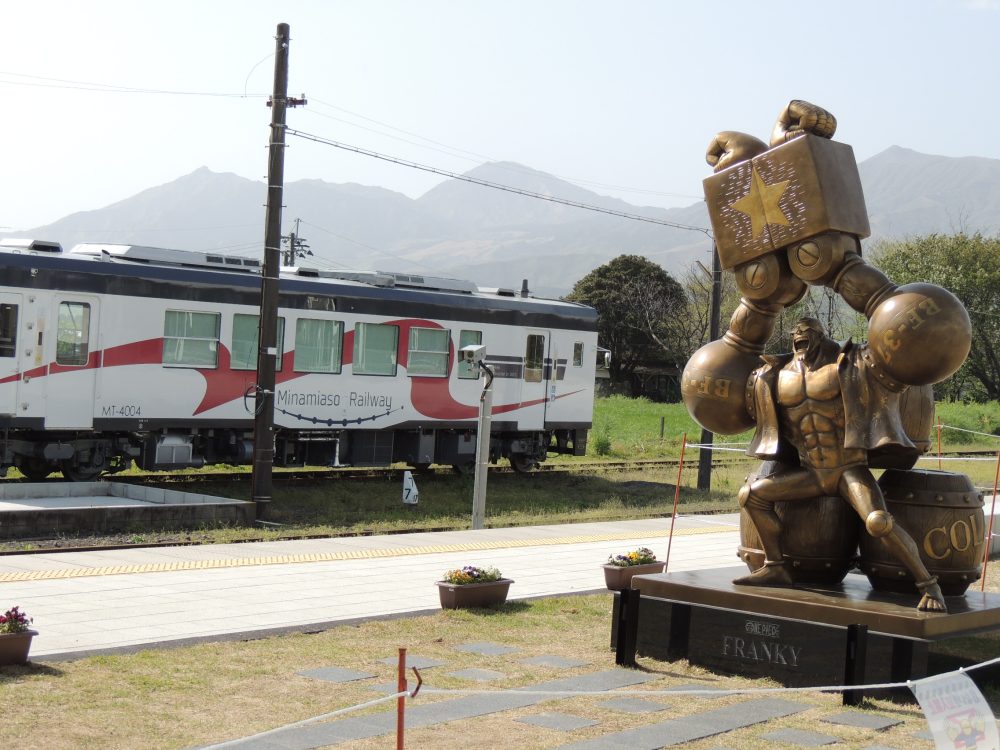
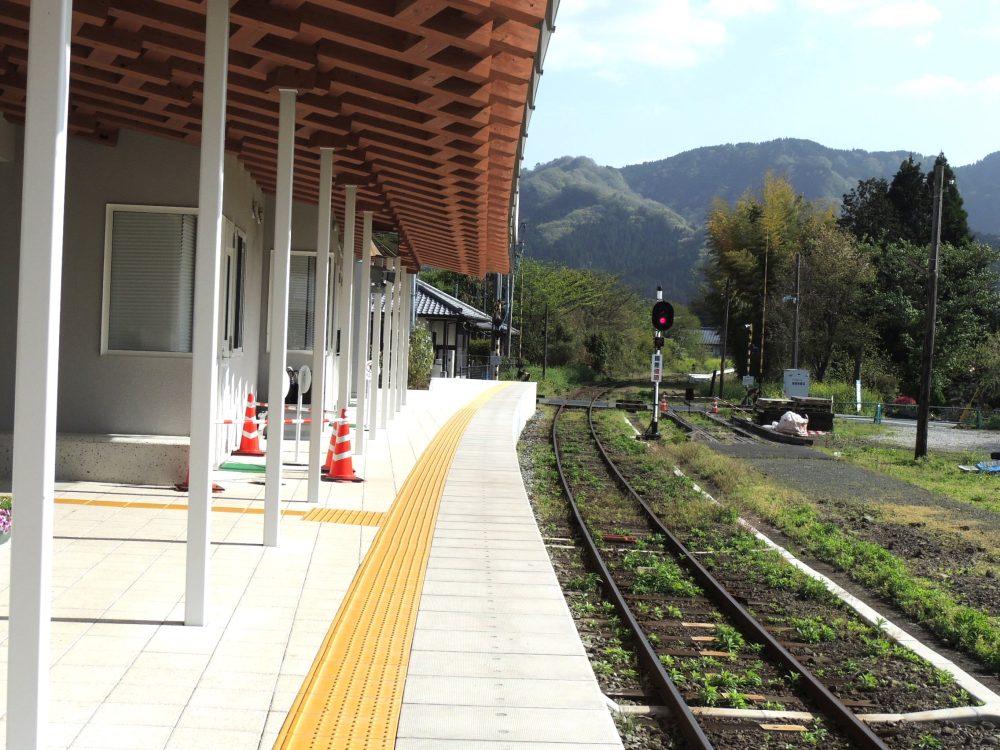
.jpg)
Former Tokai University Aso School Building to be a Remnant of the Earthquake Passing on the memories of the earthquake
The car drove west on Route 325 to "Yo Mule," an observation point at the foot of the Shin-Aso Ohashi Bridge. Yo Mule" means "a clear view" in the Kumamoto dialect. One of the buildings of "Minna no Ie", a meeting place for evacuees in a temporary housing complex, has been relocated and reused as a restroom and a take-out store for coffee and other drinks. The New Aso Ohashi Bridge was completed in March 2021, 600m downstream from the Aso Ohashi Bridge that collapsed in the earthquake. It is a 525m long roadway/pedestrian bridge connecting Kawayo and Tateno in Minamiaso Village. The Kurokawa River flows below.
A few minutes drive on Prefectural Road 149, which runs across from the observatory, will take you to the former Tokai University Aso campus. The Kumamoto earthquake killed 272 people, including related deaths. Among them were students who studied at Tokai University Aso. The "Kumamoto Earthquake Museum KIOKU" opened on July 15, 2023 to preserve and exhibit the former Tokai University Aso Building No. 1, which survived the earthquake, along with the fault line.
_ae8bdee0-65fe-4cb9-8c9d-fd653185bd5a-e1713956878720.jpg)
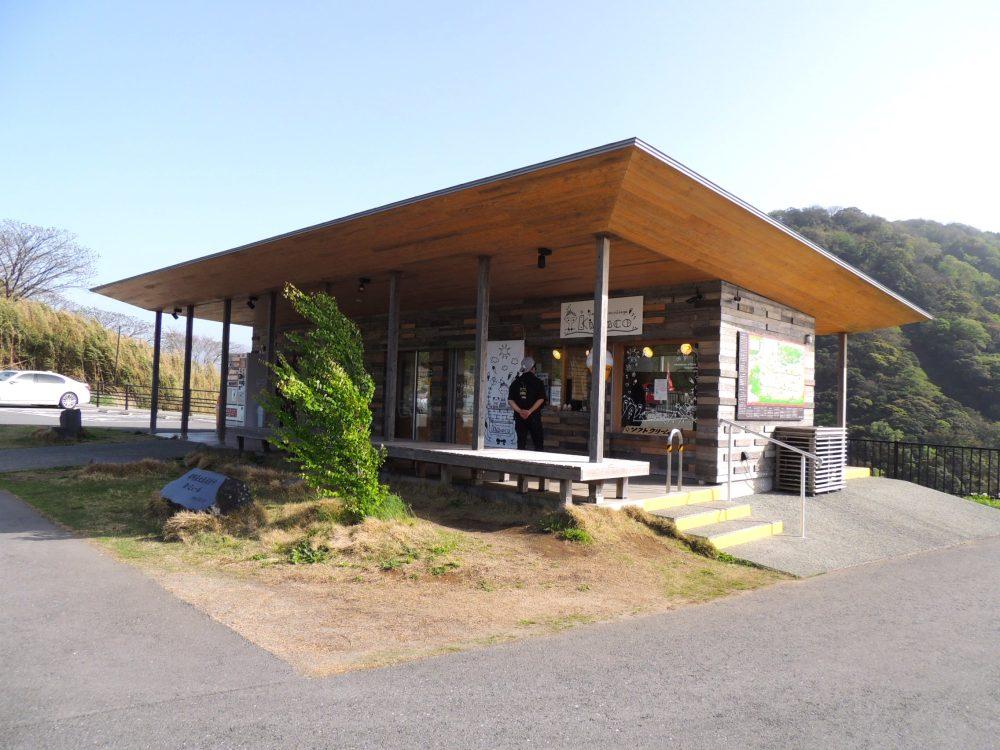
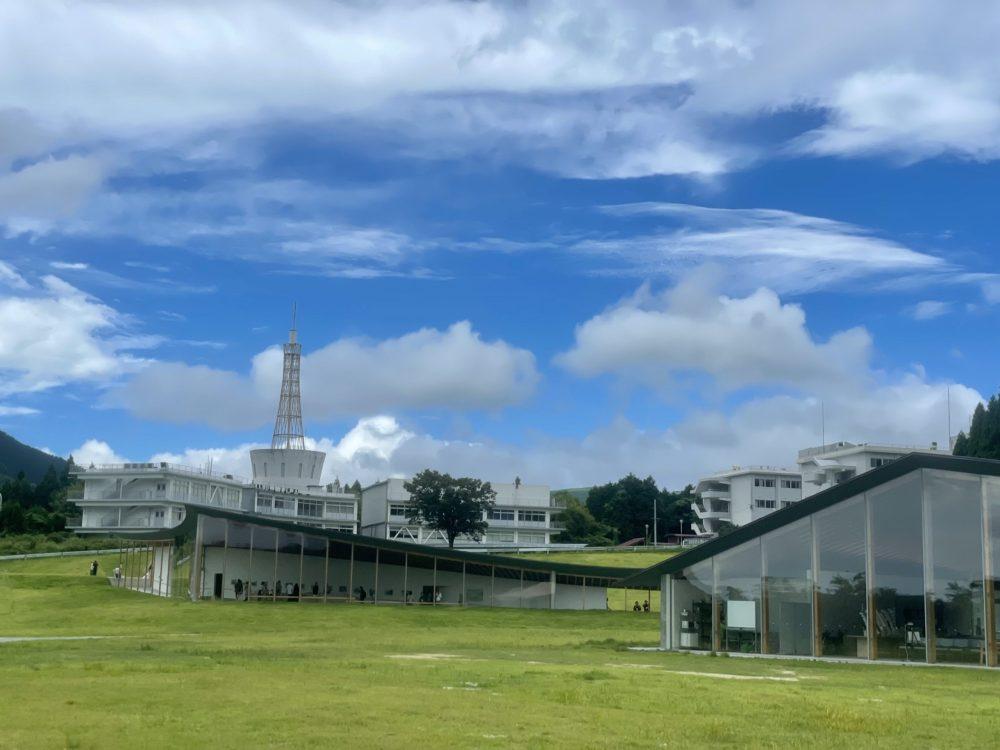
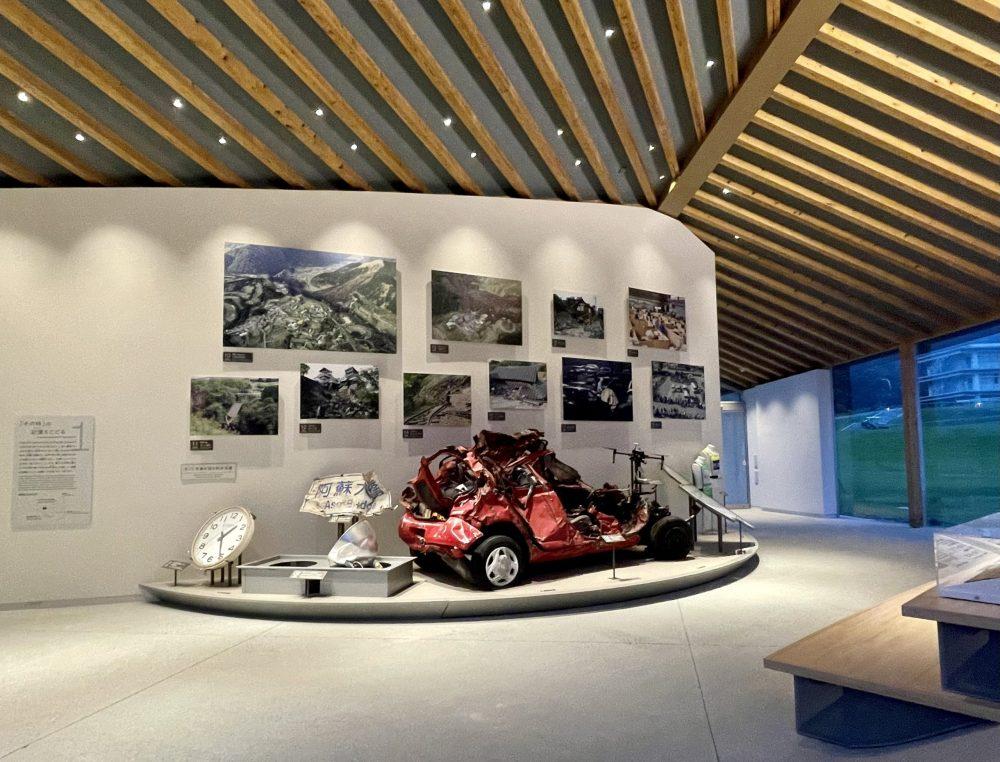
The core facility consists of "KIOKU" (exhibition facility) and "Earthquake Remnants" (former Building No. 1 and surface earthquake fault). Visitors can look back on "that time" of the earthquake through images showing the actual conditions of the disaster, such as the crushed Aso Ohashi Bridge signboard and a car that was so badly damaged that it was buried under sand and soil. Visitors can also see with their own eyes the surface earthquake fault lines that caused the ground to rise, crack, and shift laterally. In addition, a statue of "Robin" erected as part of the ONE PIECE Kumamoto Reconstruction Project is located on the site.
Kumamoto Earthquake Disaster Museum KIOKU
Prayers for the Victims, Hopes for Restoration A Township of Resurrection Living with Nature
To conclude the trip, cross the New Aso Ohashi Bridge and go to the place where the Old Aso Ohashi Bridge used to be. The "Sugaru Kusuri Monument Observatory" is located along Route 57. This is the place where the old Aso Ohashi Bridge collapsed along with the mountainsides on both banks of the Kurokawa River. A young man traveling on the bridge lost his life. In mourning for his sacrifice, a monument stands to commemorate the restoration of the bridge after the disaster. Beyond the monument, on the other side of the river, the collapsed bridge girder and part of the bridge can still be seen hanging down from the cliff wall. It is said that the bridge girders and part of the bridge remain in the same state as they were at the time of the disaster in order to be handed down to future generations as a relic of the earthquake. (Photo of the old Aso Ohashi Bridge collapse site courtesy of the Ministry of Land, Infrastructure, Transport and Tourism)
To see Sugaru-gataki Waterfall, which was once viewed from the Aso Ohashi Bridge, walk along the promenade under the national road from the Sugaru-gataki Monument Observation Point. Selected as one of the "100 best waterfalls in Japan," the waterfall has a drop of 60 m, a width of 20 m, and a basin of about 3,000 m2. The sound of the waterfall and the sight of it cascading down into the Kurokawa River is dynamic in itself.
Aso attracts people with its great nature. And along with the blessings of nature, it is sometimes threatened. One of my acquaintances who lives in Aso said, "People in Aso have lived with the volcano since ancient times. People in Aso have lived with the volcano since ancient times. Even when natural disasters have struck, they have never left Aso. They have the determination and strength to live with Aso. Because of this, the people and the town will not stop the progress of recovery and reconstruction. Eight years have passed since the Kumamoto earthquake. Aso is a place of revival.
